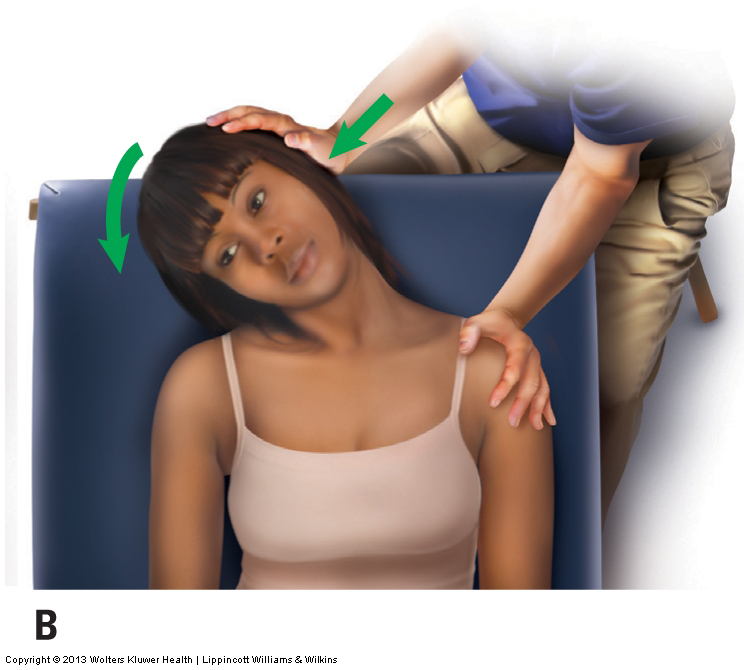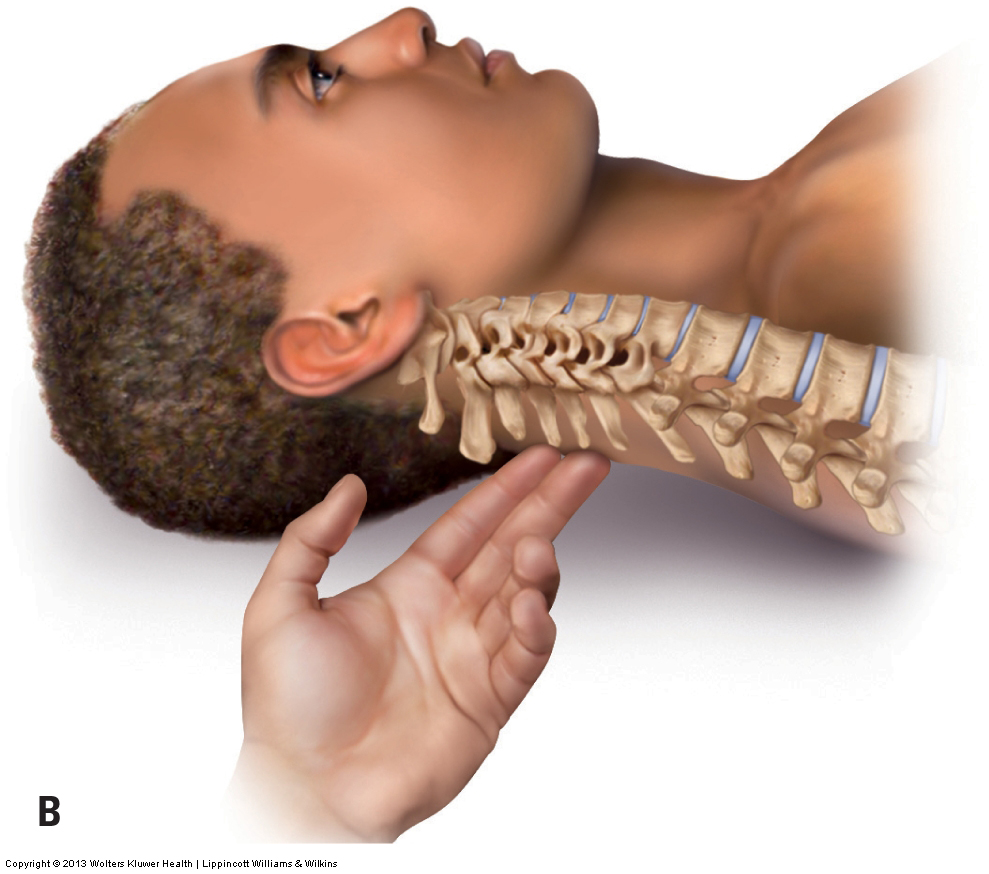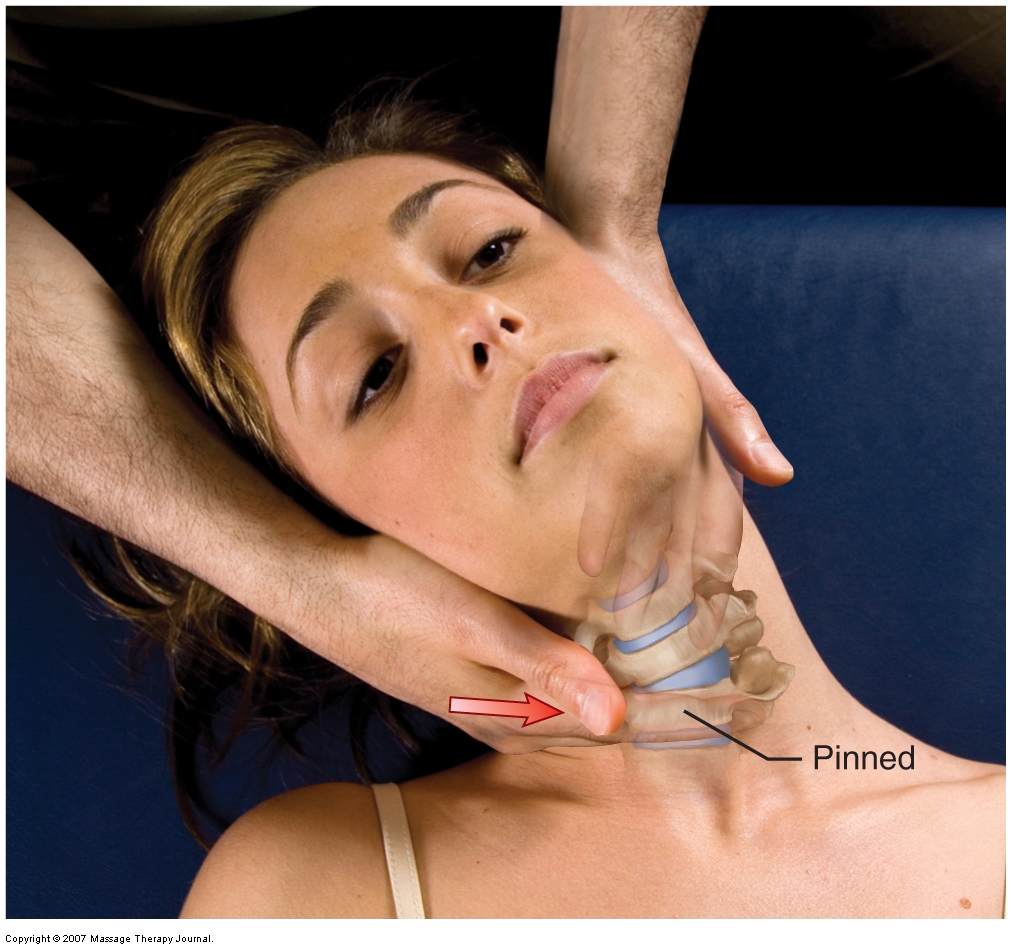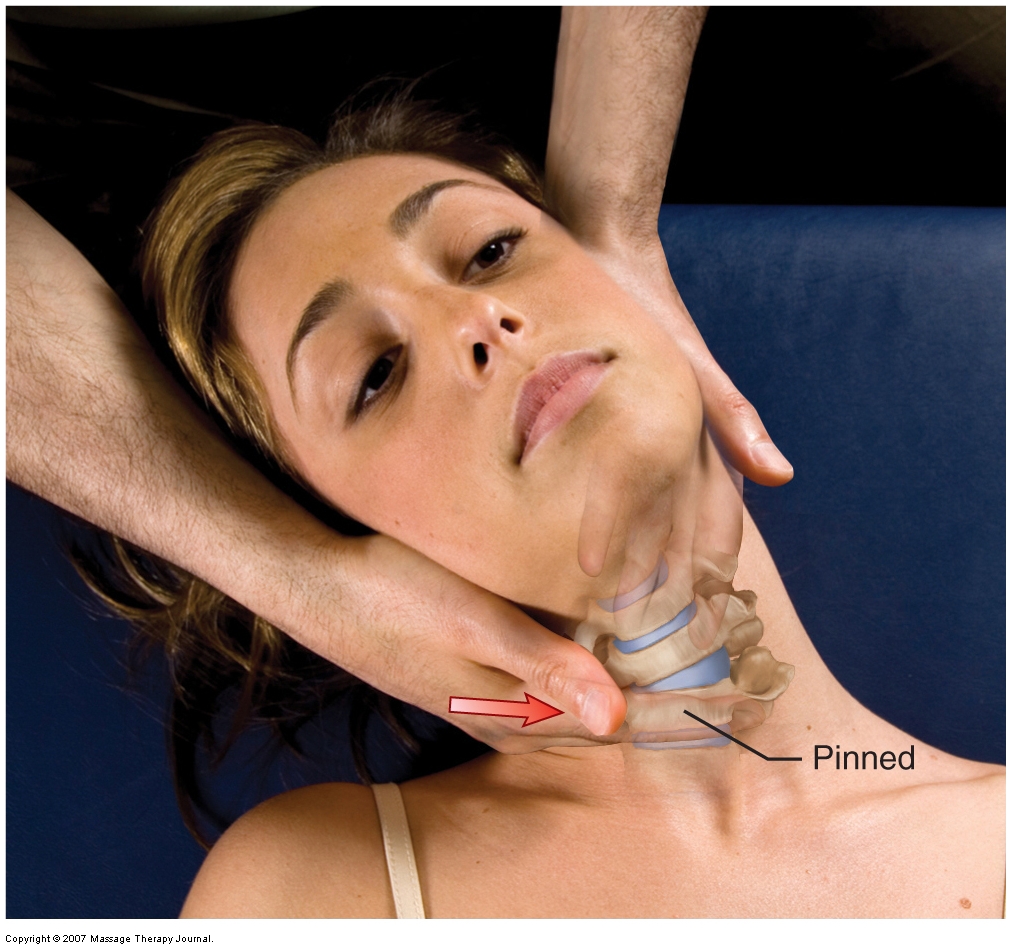Note: This is the third blog post article in a series of 14 articles on Assessment/Diagnosis of musculoskeletal conditions of the neck (cervical spine). See below for the other articles in this series.
What is most important when assessing and treating the neck is to understand the mechanisms of neck function. When a person has a pathologic condition, the mechanics of the neck are altered. This alteration usually results in a tissue or tissues whose integrity has been compromised. Knowing this can help guide the therapist’s/physician’s assessment of the client’s condition. The essence of a physical examination assessment test (assessment procedure) is to further stress the compromised tissue with the intention of reproducing or creating signs or symptoms of the problem. If the therapist understands the mechanics that underlie pathologic conditions, it is possible to use critical thinking to reason out not only which tissues are stressed but also how to further stress those tissues. In this manner, almost every physical examination assessment test can be thought through logically and understood without rote memorization.

If a physical examination assessment test reproduces signs and/or symptoms of the condition, the test result is considered to be positive and the therapist knows that tissue/structure is unhealthy. For example, if Adson’s test (a special assessment test for anterior scalene syndrome, a form of thoracic outlet syndrome [TOS]) results in decreased strength of the radial pulse, the test result is considered to be positive for anterior scalene syndrome. If no signs or symptoms are reproduced, then the result of the assessment procedure is considered to be negative. A negative test result may indicate one of two things: either the client does not have the condition or the degree of the condition is mild and below the threshold to yield a positive finding. Every assessment procedure has a certain sensitivity to detecting the presence of the condition for which it is designed.
Note: Signs and Symptoms
When a physical examination assessment test yields signs and/or symptoms, it is important to distinguish between the two.
- A symptom, by definition, is subjective in nature and can be experienced only by the client. For example, pain is a symptom. No one can tell the client that he or she does or does not have pain; only the client can report having pain and what level it is.
- In contrast, a sign, by definition, is objective—that is, the therapist can verify and report it. The degree of the sign can also often be measured. For example, when a client is performing active ROM, the therapist can objectively determine whether the client’s motion is decreased and even measure it in degrees.
- The client history and exam should include both the objective signs found and the subjective symptoms that the client reports.
It is important to note that if the test creates signs and symptoms, but not the signs or symptoms of the condition for which the test is designed, then the assessment test result is still considered to be negative. For example, in the case of Adson’s test, neck pain that occurs during the procedure does not necessarily indicate anterior scalene syndrome, even though this is a symptom reported by the client. Neck pain during the assessment test could be a result of the client’s positioning during the test; even more likely, it could be caused by many other conditions such as neck strain, sprain, joint dysfunction, or muscle spasm.
Be thorough…
When assessing the client’s neck, it is important to perform all pertinent assessment procedures. Even if one test result is positive and indicates that the client has a certain condition, the other assessment procedures should still be done because a client may have more than one condition.

The following are the components of a thorough physical examination assessment of the client’s neck:
- Postural Assessment
- General Orthopedic Assessment tests: Range of Motion and Manual Resistance
- Palpation
- Motion Palpation / Joint Play
- Special Orthopedic Assessment tests

This blog post article is the third in a series of 14 blog post articles on Assessment/Diagnosis of musculoskeletal (neuro-myo-fascio-skeletal) conditions of the neck (cervical spine).
The articles in this series are:
- Introduction to Assessment/Diagnosis of the Neck
- Verbal and Written Health History
- Overview of Physical Examination Assessment
- Postural Assessment
- Neck General Orthopedic Assessment: Range of Motion and Manual Resistance
- Palpation Assessment
- Motion Palpation (Joint Play) Assessment
- Special Orthopedic Assessment Tests for the Neck – Space Occupying Conditions
- Special Orthopedic Assessment Tests – Space Occupying Conditions – Slump Test
- Orthopedic Assessment of Thoracic Outlet Syndrome – Adson’s, Eden’s, Wright’s
- Orthopedic Assessment of Thoracic Outlet Syndrome – Brachial Plexus Tension Test
- Special Orthopedic Assessment Tests – Vertebral Artery Competency Test
- Treatment Strategy and Treatment Techniques
- Assessment and Treatment of Specific Musculoskeletal Conditions


